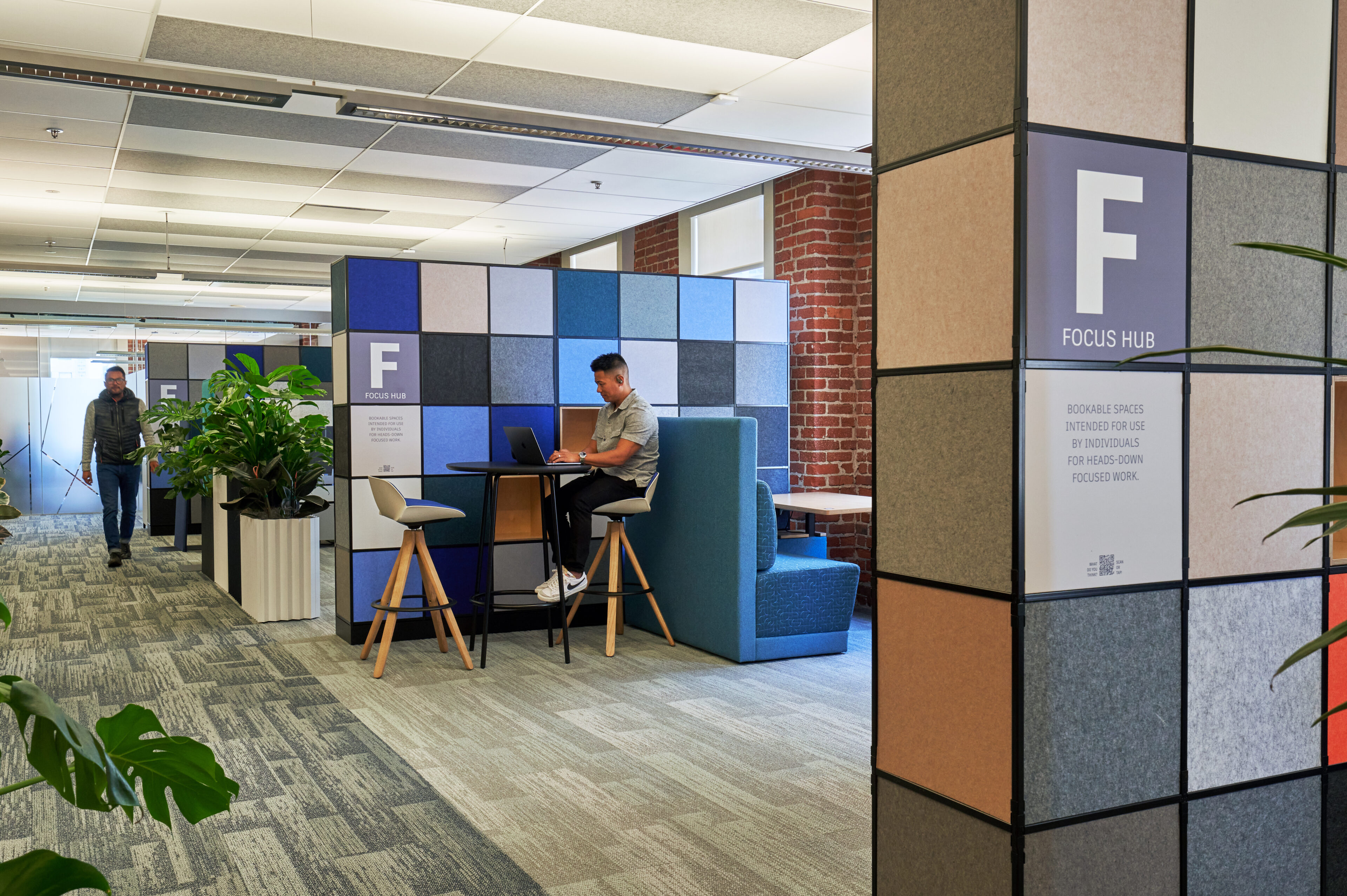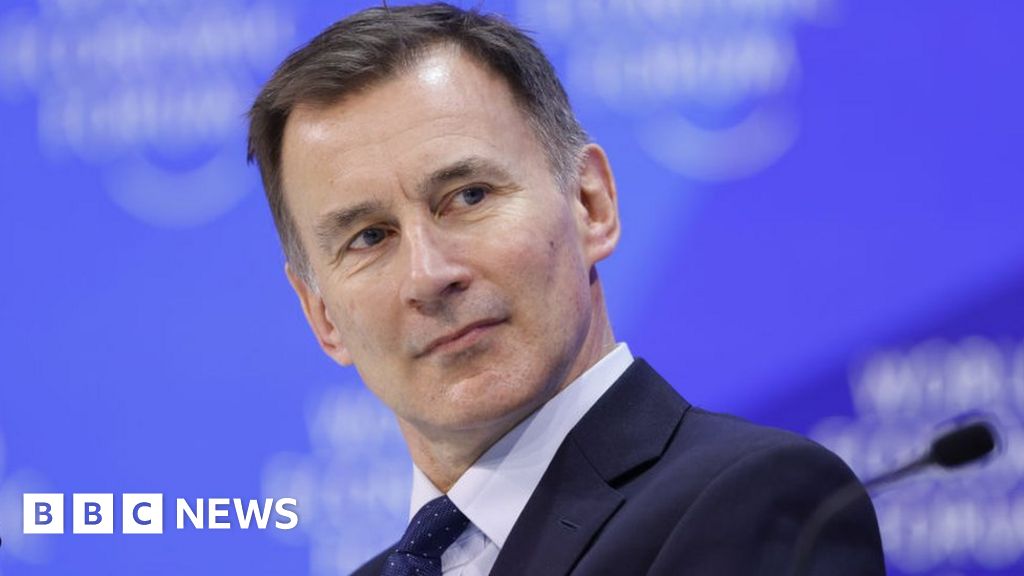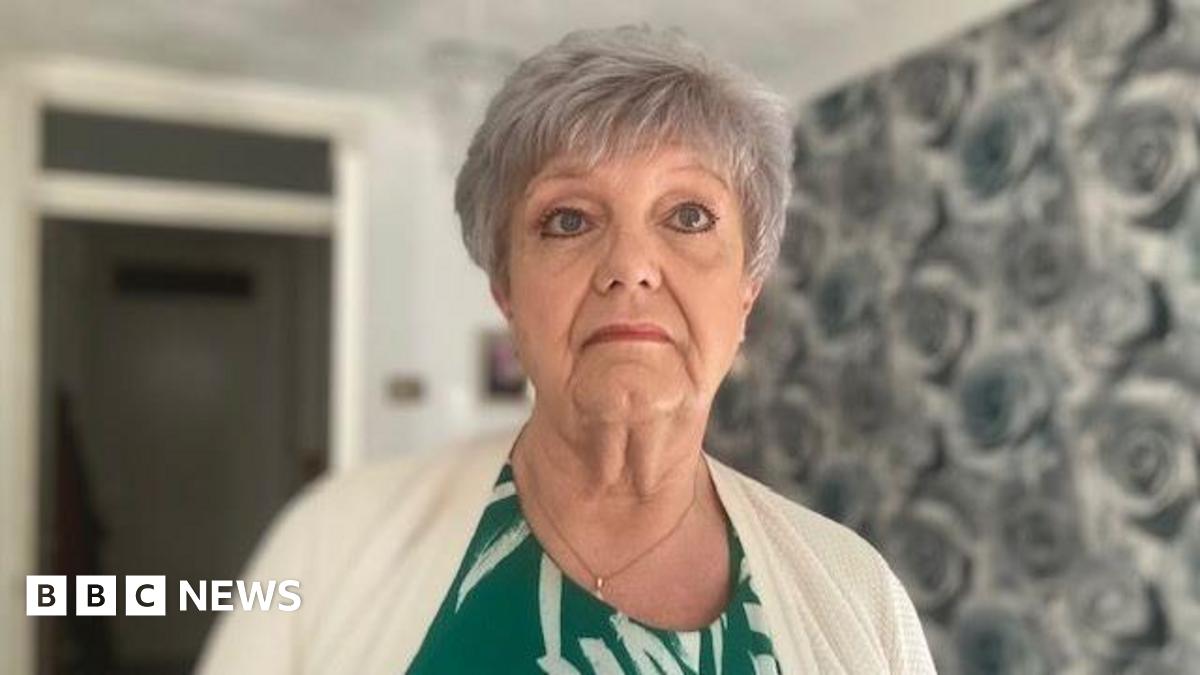HR’s role in office design is shifting from one of involvement before the pandemic to one of influence post-pandemic, as greater organizational focus on employee experience continues to expand HR’s role, say experts.
As employers continue to struggle to attract the workforce back to the office post-pandemic, many are moving toward more intentionally designed spaces that meet evolved employee needs. This is making HR a critical part of cross-functional design teams that often include HR, operations, IT and finance, says analyst Amy Loomis, vice president of research for future of work at IDC.
“HR’s elevated role as a strategic influencer, especially in the domain of facility and resource management, highlights its essential role in shaping the future of the workplace and contributing to organizational achievements,” adds Zachary Chertok, IDC’s research manager for employee experience.
Since the pandemic, organizations have looked to HR leaders as the principal stewards of data collection about employee experience. This includes information about employee wellness, productivity and preferences on work locations—data they are now bringing to the table for office design discussions, says Jenny Lum, director of global projects in Autodesk’s HR organization called People & Places.
“What we learned from the pandemic is to be even more employee-centric,” Lum says. “How do we make sure they want to come in? How do we make sure they’re productive everywhere they work? We want to make sure to provide the best experience possible so they want to come back into the office.”
HR and office design
By reimagining workspaces that are inclusive and foster an environment of collaboration and connection, employers can cultivate a high-performance culture that drives strong business outcomes, says Rebekah Raimo, senior vice president of human resources and workplace strategy at financial services titan Synchrony. She notes her organization has seen improvements in its innovation, client engagement and customer service as a result of HR being an integral part of post-pandemic workspace design.
Synchrony’s CEO allowed CHRO DJ Casto and his team to serve as the chief planners in architecting the amenities and design of the company’s new Culture Center at its Stamford, Conn. headquarters, Casto told HRE. That level of responsibility in helping to determine the look and feel of office space was new for Casto—and it’s one he embraces.
“I am very involved in workplace strategy because I believe that the physical workspace is a critical enabler to our way of working,” Casto says. “I don’t think some of my [CHRO peers] want to be involved in this, but when you think about the employee experience, what you offer in the physical space is really important.”
The post-pandemic design process at Synchrony has involved HR professionals working alongside leadership, employees, facilities management and real estate teams to improve the organization’s hiring, retention, talent management and employee experience, Raimo says.

Synchrony’s HR team, for example, had EX top of mind when it prioritized equipping the Culture Center with tech tools to accommodate a hybrid workforce. These are available in all of the center’s conference rooms and multipurpose rooms, which are used for employee gatherings, skills training and networking.
Although Synchrony’s HR team worked collaboratively with these other stakeholders on office design even before the pandemic, the Culture Center put the function into more of a leadership role, say Casto and Raimo.
“We also view the environment we are creating for our employees as a competitive advantage,” Raimo adds. “Synchrony is reimagining the workplace of the future with our people—designed with meaningful face-to-face interactions and filled with people who want to be there.”
The HR team at ServiceNow also plays “a central role in office layout and design,” says Karen Pavlin, chief equity and inclusion officer with the enterprise software giant, who joined the organization’s Global People Team in 2022.

ServiceNow’s HR leaders are responsible for communicating office layout and design decisions effectively to employees and leading the charge in listening to employee feedback on an ongoing basis, she says.
“We have a seat at the table where these decisions are being made,” Pavlin says. “Our role is to ensure that policies and office design decisions are inclusive and support our people’s needs.”
Innovation in office design
When Synchrony opened its 29,000-square-foot Culture Center in May, it was focused on providing a flexible space for employees to collaborate and innovate in a hybrid environment. HR is constantly listening and adapting to employee needs, an approach that made an impact on the Culture Center’s design. For instance, employee feedback drove such features as the two pickleball courts—which were placed on a redeveloped parking lot—a plant-filled serene “Zen Room” for guided meditations and a wooded walking trail, Raimo notes.
The importance of employee listening is also reflected at ServiceNow. When ServiceNow began bringing employees back to the office in 2022, its Global People Team hosted listening sessions. As a result of those sessions, HR advocated for many of the changes that came to fruition, such as replacing traditional cubicles with collaboration areas featuring soft seating and moveable whiteboards; bolstering Zoom capabilities in conference rooms; and creating focus rooms for employees who need quiet space, Pavlin says.
Autodesk, meanwhile, launched its hybrid strategy Flex Forward in March. This included the redesign of its physical spaces, driven by several design criteria developed by the People & Places team, Lum says. One criterion included making more room for collaboration space. That prompted an increase in the ratio of space reserved for collaboration to 75% post-pandemic from 30% pre-pandemic. On the flip side, dedicated space for individuals in the office fell from 70% pre-pandemic to 25% currently.
Employees also now have access to the newly created Autodesk Conference Experience (ACE) space on the Portland campus for large, on-site gatherings. This allows employees to get the look and vibe of renting a hotel conference room without the expensive rental cost, Lum says. Employees can receive curated room arrangements, book accommodations with preferred vendors and receive a full array of catering choices, she notes.
“It’s important to have the best experience our employees can have when they have a conference. They need to know everything is taken care of,” Lum says.
See the innovations that HR has helped bring to fruition at Autodesk, Synchrony and ServiceNow.
Credit: Source link











